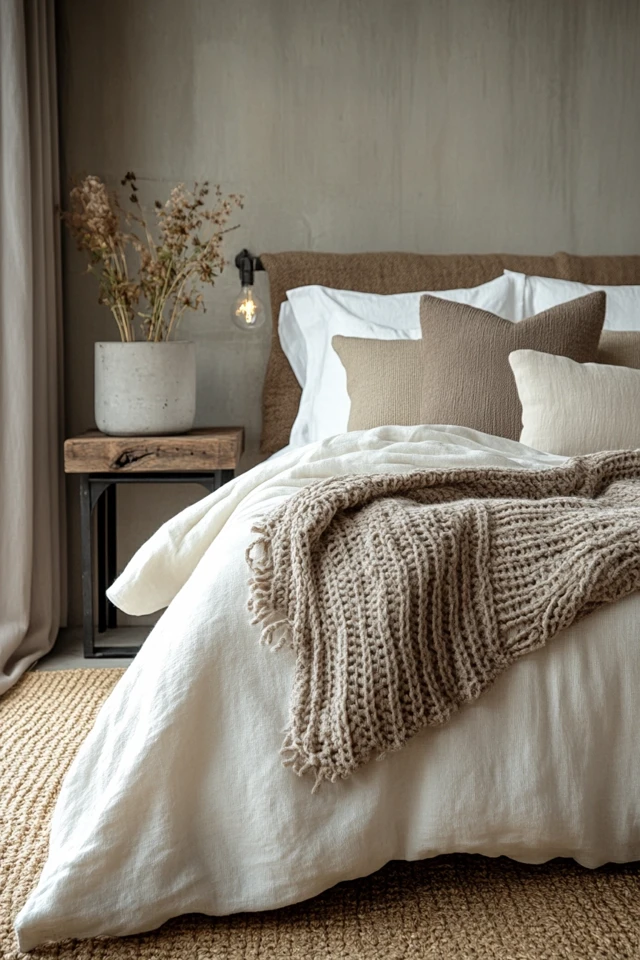Neutral tones are the backbone of industrial decor, providing a versatile canvas that highlights raw materials and rugged textures. This color scheme, characterized by shades of gray, black, white, taupe, and earthy browns, brings a sense of harmony to the industrial aesthetic, while allowing bold design elements like metal, wood, and concrete to shine.
In this article, you’ll discover how to use neutral tones effectively in industrial decor, from creating balance to layering textures and incorporating statement pieces.
1. Establish a Neutral Base
The first step to using neutral tones in industrial decor is creating a foundation that sets the tone for the entire space. Neutral walls, flooring, and ceilings provide a clean backdrop for furniture and decor.
Tips for a Neutral Base:
- Walls: Choose gray, white, or beige paint. For added texture, opt for exposed brick or concrete walls.
- Flooring: Stick to materials like polished concrete, neutral-toned wood, or matte tiles.
- Ceilings: Use white or light gray to create a sense of openness. Expose beams for an industrial vibe.
Pro Tip: Keep your base light if the room is small to create the illusion of a larger space.
2. Layer Neutral Tones for Depth
Neutral tones can be incredibly dynamic when layered thoughtfully. By mixing shades and incorporating varied textures, you can create a multidimensional space that feels warm and inviting.
Layering Ideas:
- Pair light gray walls with charcoal furniture.
- Add off-white throws on a taupe or beige sofa.
- Use dark brown wood for shelving against pale gray walls.
- Incorporate tonal patterns, such as subtle stripes or geometric designs in rugs and cushions.
Pro Tip: Balance cooler tones like gray with warmer tones like brown or taupe to keep the space from feeling too stark.
3. Use Neutral Tones to Highlight Raw Materials
Industrial decor is all about showcasing raw, unfinished materials, and neutral tones act as the perfect complement. They enhance the natural beauty of wood, metal, and concrete while maintaining a cohesive look.
Material Pairings:
- Concrete: Gray tones highlight its smooth texture and minimalist appeal.
- Wood: Neutral walls allow the warmth of reclaimed wood to pop.
- Metal: Black or steel accents stand out against soft beige or white backdrops.
Pro Tip: Avoid overly polished finishes. Stick to raw or matte finishes to maintain an authentic industrial aesthetic.
4. Add Contrast With Dark Neutrals
Neutral tones don’t have to mean bland. Adding dark shades like black or deep charcoal creates contrast and drama, essential for the edgy industrial look.
Where to Add Contrast:
- Accent Walls: A black or dark gray wall adds depth and sophistication.
- Furniture: Use black-framed chairs, tables, or shelving.
- Lighting Fixtures: Matte black pendant lights or caged sconces make a bold statement.
- Hardware: Black drawer pulls, faucets, or cabinet handles add small but impactful touches.
Pro Tip: Balance dark tones with lighter elements to keep the space feeling open and airy.
5. Soften the Look With Textural Neutrals
While industrial decor often highlights raw materials, soft, textural neutrals can help balance the hard edges and create a cozy environment.
Textural Elements:
- Rugs: Use jute, sisal, or woven wool rugs in neutral shades.
- Cushions and Throws: Add linen or knit blankets in beige or gray tones.
- Curtains: Opt for lightweight linen or canvas in off-white or taupe.
Pro Tip: Layer different textures to make the room feel lived-in and inviting without overwhelming the neutral palette.
6. Incorporate Wood for Warmth
Neutral wood tones, like oak, walnut, or pine, bring warmth to industrial spaces and keep them from feeling too cold or stark.
Ideas for Using Wood:
- Furniture: Use wood for coffee tables, dining tables, or benches.
- Shelving: Pair wooden shelves with black metal brackets for a clean, industrial look.
- Flooring: Choose natural wood or wood-look flooring in neutral tones.
Pro Tip: Stick to matte or unfinished wood for an authentic industrial feel.
7. Decorate With Neutral Accessories
Neutral-toned accessories can enhance the industrial aesthetic while adding layers of detail to the space.
Accessory Ideas:
- Planters: Use concrete, black, or terracotta planters for greenery.
- Artwork: Choose monochrome or abstract pieces with neutral palettes.
- Mirrors: Add black-framed or windowpane mirrors to reflect light and open up the space.
- Decor Items: Use ceramics, metal sculptures, or wooden bowls in neutral tones.
Pro Tip: Keep accessories minimal to maintain the clean, uncluttered look of industrial design.
8. Add Life With Greenery
While greenery isn’t technically a neutral tone, plants can complement neutral palettes beautifully by adding vibrancy and freshness.
Best Plants for Industrial Spaces:
- Snake Plants: Sleek and architectural.
- Monstera: Adds bold, sculptural greenery.
- Pothos: Trailing plants soften the edges of industrial furniture.
Pro Tip: Use simple planters that align with the neutral theme, such as concrete or matte black.
9. Create Zones in Open Spaces
Neutral tones are ideal for open-concept industrial spaces, allowing you to subtly define zones without overwhelming the design.
How to Use Neutrals for Zoning:
- Use a darker neutral rug to define the living area.
- Choose lighter neutral walls for the kitchen or dining area.
- Incorporate varied neutral tones in furniture to distinguish one zone from another.
Pro Tip: Add continuity with recurring elements, such as black metal accents or wood finishes.
10. Let Lighting Enhance Neutral Tones
Proper lighting can make your neutral tones shine by adding dimension and warmth to the space.
Lighting Tips:
- Use warm-toned Edison bulbs to add a golden glow to neutral palettes.
- Add pendant lights in matte black or metal finishes for an industrial touch.
- Use floor lamps with linen or canvas shades to diffuse light gently.
Pro Tip: Use lighting to highlight key features, like brick walls or wood accents, for a dramatic effect.
Picture Gallery
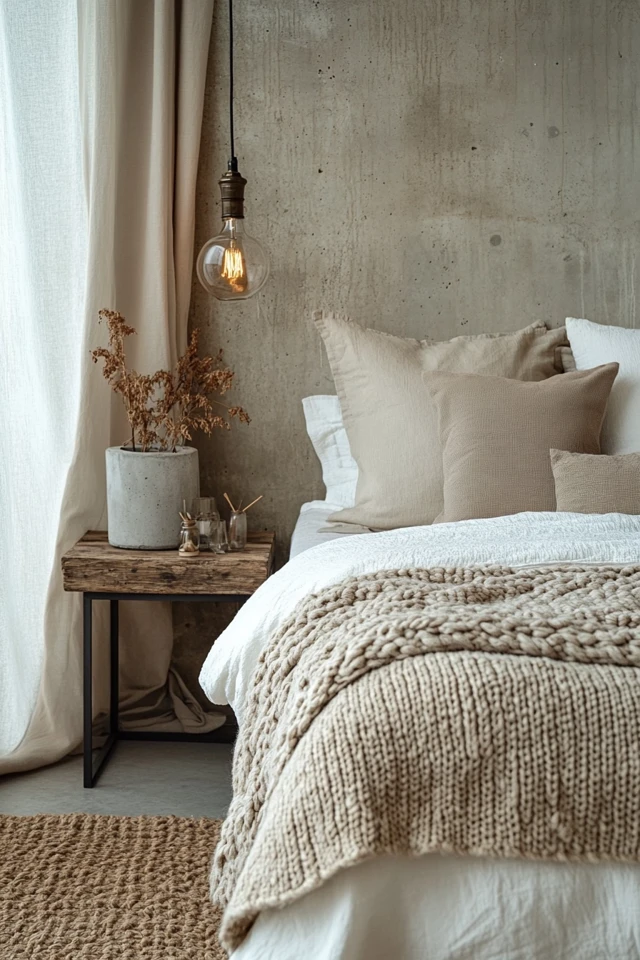
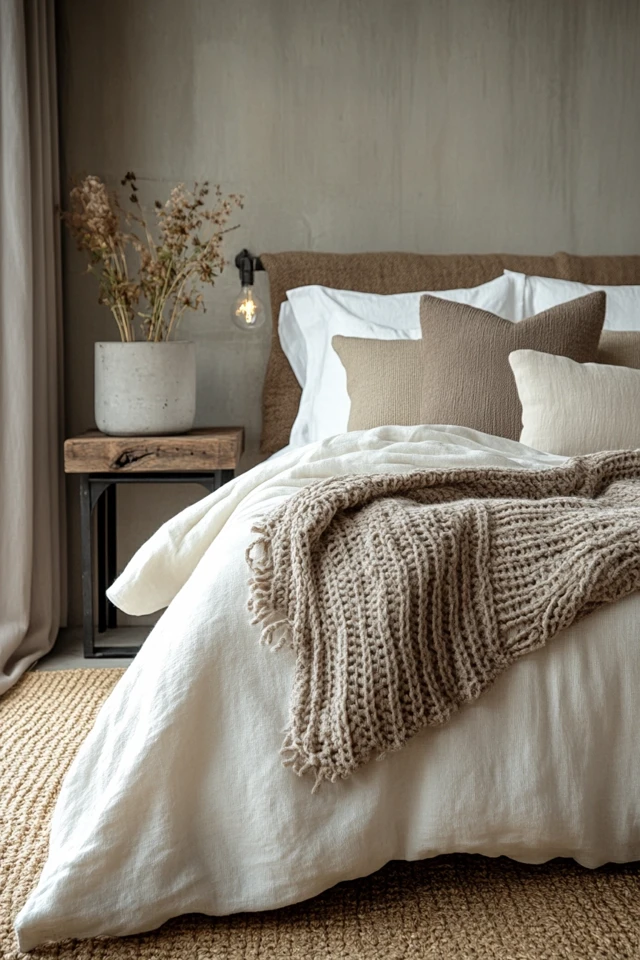
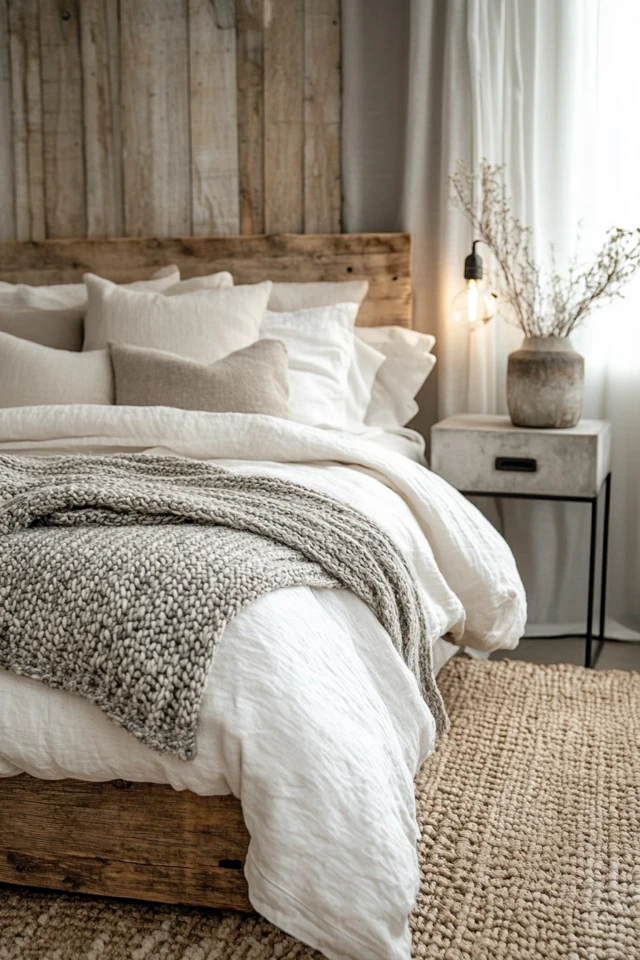

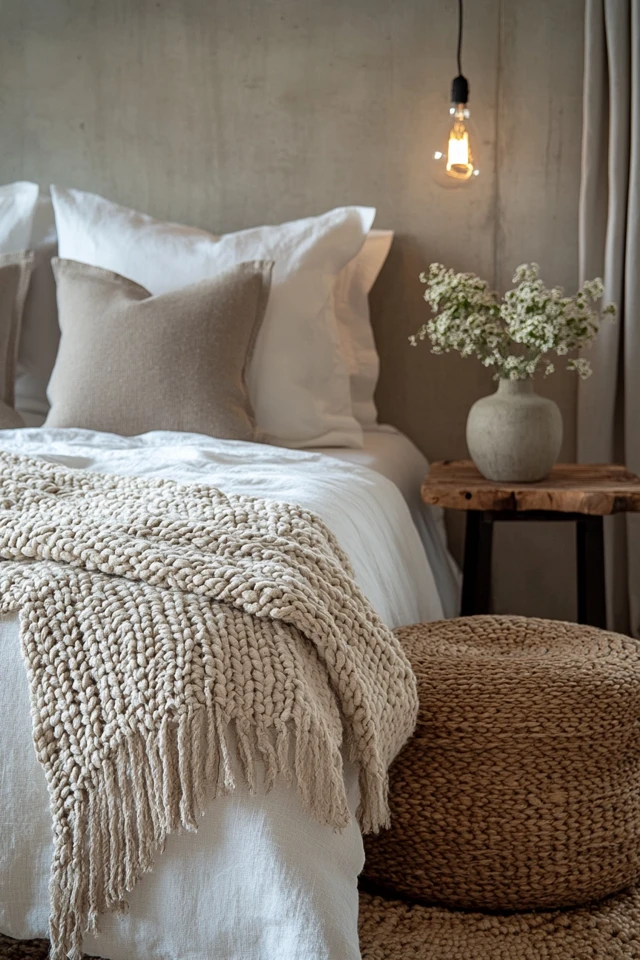
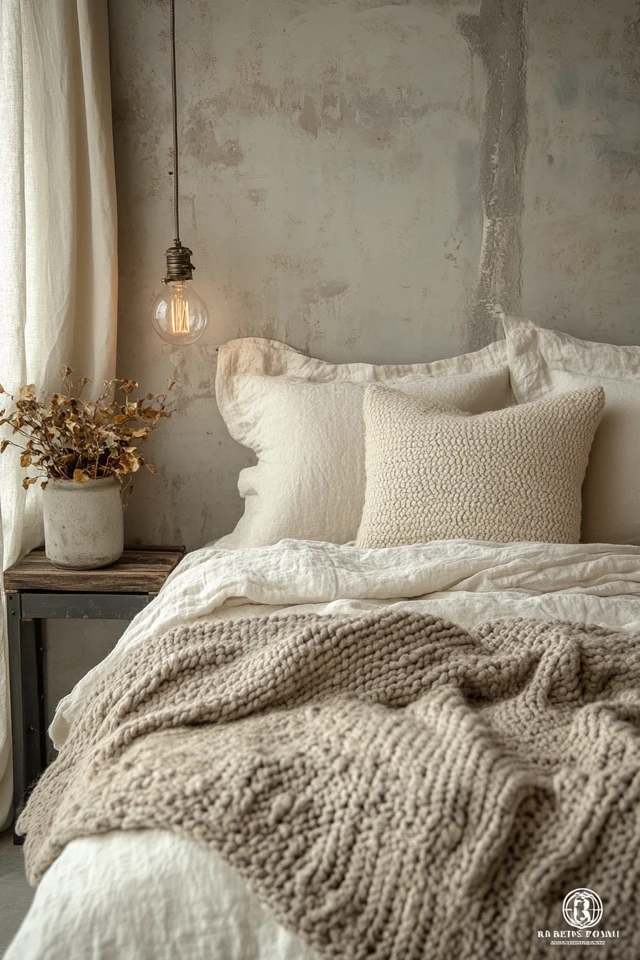
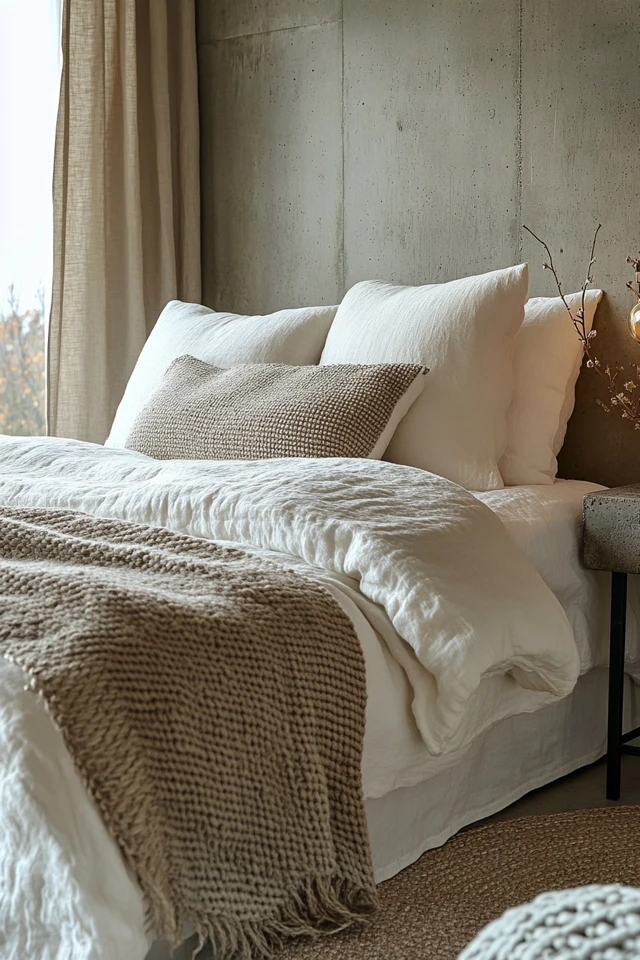
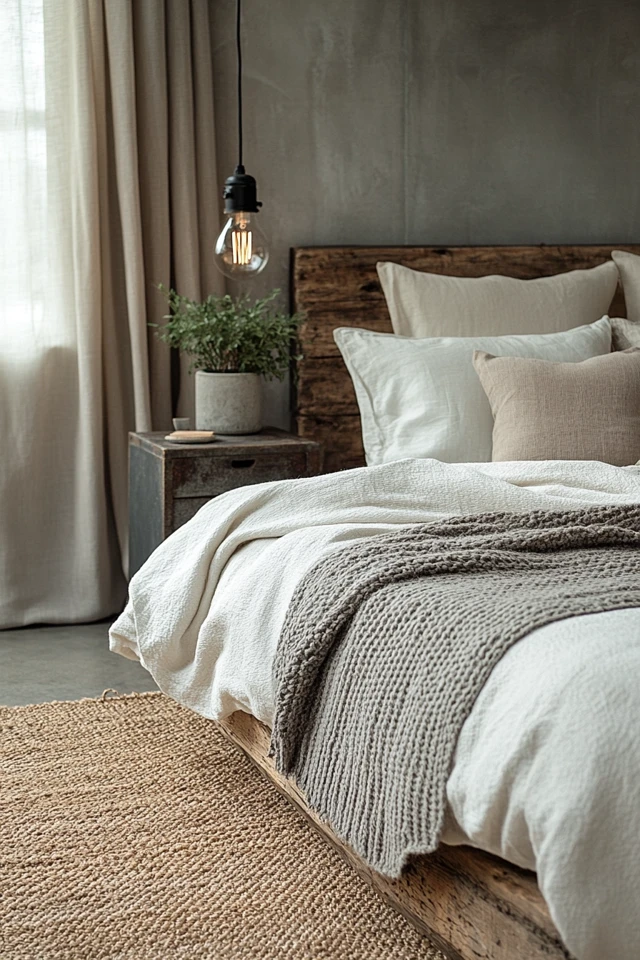
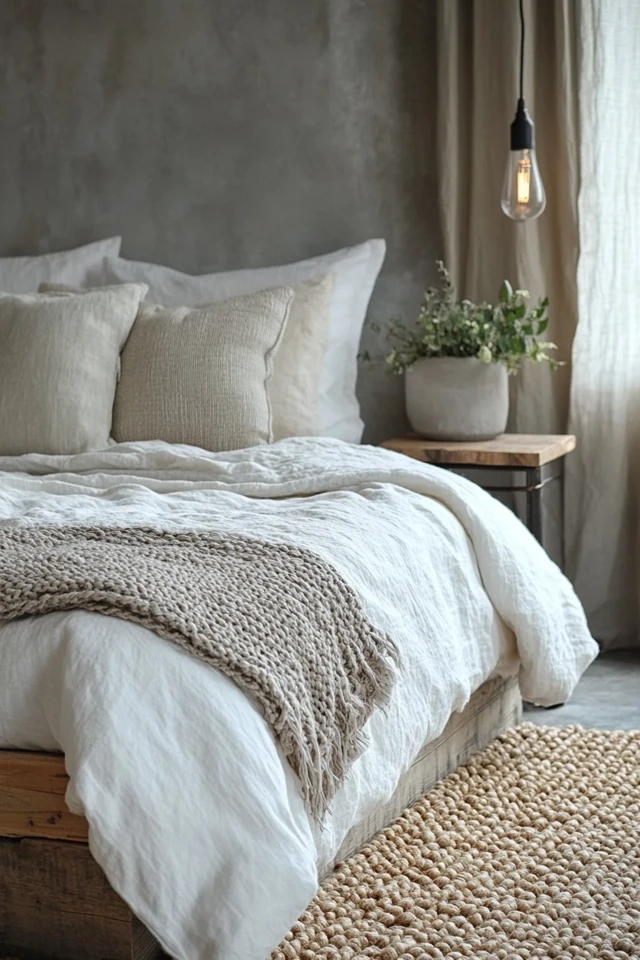

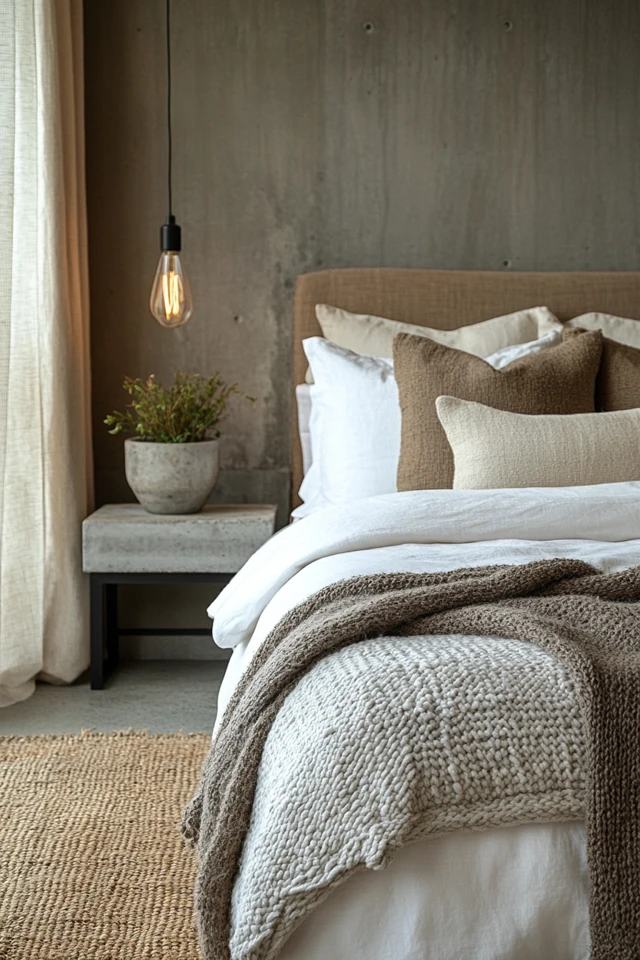
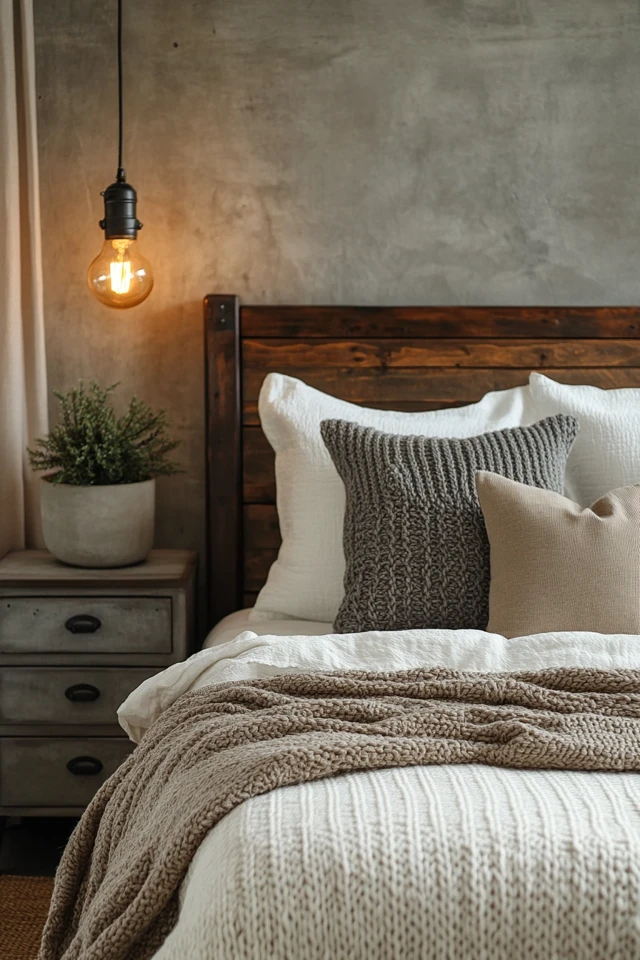
Conclusion
Neutral tones are the cornerstone of industrial decor, offering endless versatility and a timeless aesthetic. By pairing them with raw materials, layering shades and textures, and adding contrasting accents, you can create a space that’s both visually striking and inviting.
Whether you’re designing a minimalist loft or cozy industrial home, neutral tones allow you to emphasize the rugged beauty of industrial style while maintaining a cohesive, harmonious look.
FAQ
1. What are the best neutral tones for industrial decor?
Gray, black, white, taupe, and earthy browns are ideal for achieving an industrial aesthetic.
2. How do I prevent neutral tones from feeling flat?
Layer different shades and textures, such as concrete, wood, and textiles, to add depth and visual interest.
3. Can I use neutrals in a small space?
Absolutely! Light neutral tones, like white or light gray, can make small spaces feel larger and more open.
4. How do I add warmth to a neutral industrial space?
Incorporate wood tones, warm lighting, and soft furnishings like rugs or throws.
5. Are neutral tones boring in industrial decor?
Not at all! When combined with bold textures, raw materials, and contrasting accents, neutral tones create a sophisticated and dynamic look.

